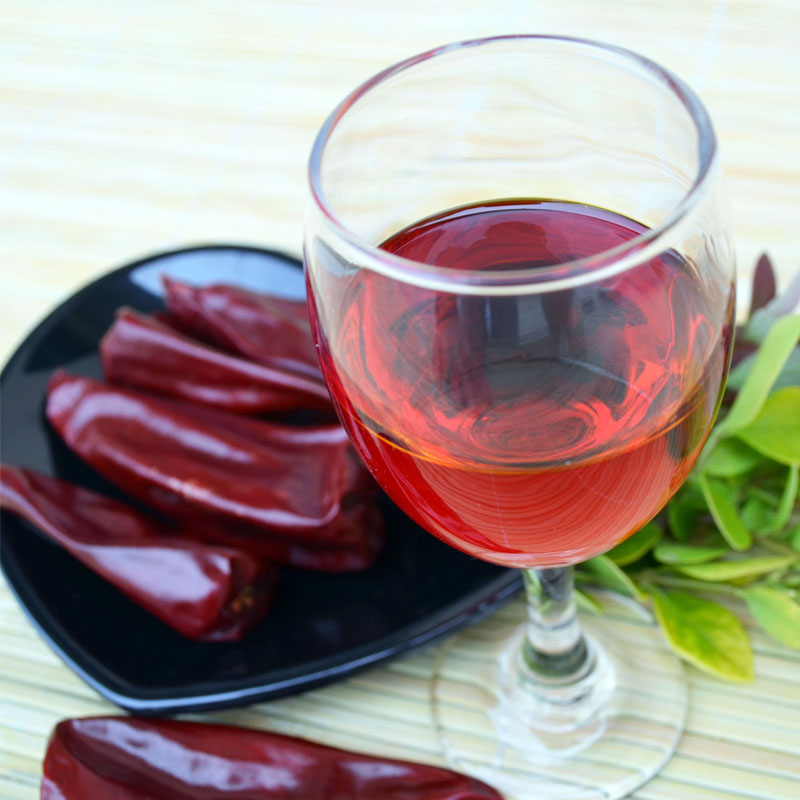- No. 268 Xianghe Street, Economic Development Zone of Xingtai city, Hebei 054001 China
- Byron@hbhongri.cn
Exploring the Flavor and Uses of Paprika and Red Pepper Varieties
The Vibrant World of Paprika Exploring the Richness of Red Pepper
Paprika, often recognized for its vibrant red color and distinctive flavor, is a spice derived from ground red peppers, specifically varieties of Capsicum annuum. This delightful seasoning has a complex history and is an integral ingredient in a plethora of cuisines across the globe. Understanding paprika not only enhances our culinary repertoire but also enriches our appreciation for the cultural diversity it embodies.
The origins of paprika can be traced back to Central America, where native cultures cultivated various types of chili peppers. However, it wasn't until the 16th century, when Spanish explorers brought these peppers back to Europe, that paprika began to gain widespread popularity. Over the centuries, different regions developed their own unique varieties of paprika, each with distinct flavors, colors, and levels of heat.
The Vibrant World of Paprika Exploring the Richness of Red Pepper
In Spain, where paprika is called “pimentón,” it plays an equally vital role. Spanish paprika often comes in three varieties dulce (sweet), agridulce (bittersweet), and picante (hot). The smokiness of pimentón de la Vera, a specialty from the La Vera region, is particularly noteworthy. Peppers are traditionally smoked over oak wood, adding an exceptional depth of flavor to dishes such as chorizo or patatas bravas.
paprika red pepper

Beyond Europe, paprika has found its way into various global cuisines. In Middle Eastern cooking, it is often used to season kebabs and rice dishes, while in North Africa, it enhances the flavors of tagines and stews. Its versatility is remarkable; paprika can be used not only for seasoning but also as a natural coloring agent in foods, adding allure to everything from deviled eggs to chicken dishes.
Nutritionally, paprika is a powerhouse. It is rich in vitamins, particularly vitamin A, and provides antioxidants that are beneficial for health. The carotenoids in paprika contribute to its vibrant color and are known to combat oxidative stress, making this spice not just a flavor enhancer but a valuable addition to a healthy diet.
In the culinary arts, the application of paprika is as diverse as its origins. Chefs use it to create layers of flavor and enhance the visual appeal of their dishes. A sprinkle over creamy hummus can transform it into a stunning appetizer, while its inclusion in marinades can infuse meats with depth and richness.
Despite its many benefits, paprika is sometimes overshadowed by more commonly recognized spices like cumin or chili powder. However, this humble spice deserves recognition for the complexity it brings to dishes, its versatility across cuisines, and its health benefits. As food enthusiasts continue to explore the rich tapestry of global flavors, paprika stands out as a dazzling and flavorful addition to both kitchens and palates worldwide.
In conclusion, paprika is much more than just a red spice; it embodies culture, history, and wellness. As you sprinkle paprika into your next dish, take a moment to appreciate the vibrant journey it represents, from the sun-drenched fields of Hungary to the smoky kitchens of Spain—an enduring testament to the unifying power of food across different cultures.
-
The Versatile Uses and Benefits of Capsicum Frutescens Oleoresin and ExtractsNewsJun.03,2025
-
Paprika&Chili Products Enhancing Flavor and Wellness in Every BiteNewsJun.03,2025
-
Paprika Extract and Capsicum Applications in Food and IndustryNewsJun.03,2025
-
Exploring the Benefits and Uses of Turmeric Powder and Curcumin ExtractNewsJun.03,2025
-
Discover the Bold Flavor of Premium Chilli Powder from ChinaNewsJun.03,2025
-
Capsicum Oleoresin Extract: A Potent Natural Ingredient in Modern ApplicationsNewsJun.03,2025







